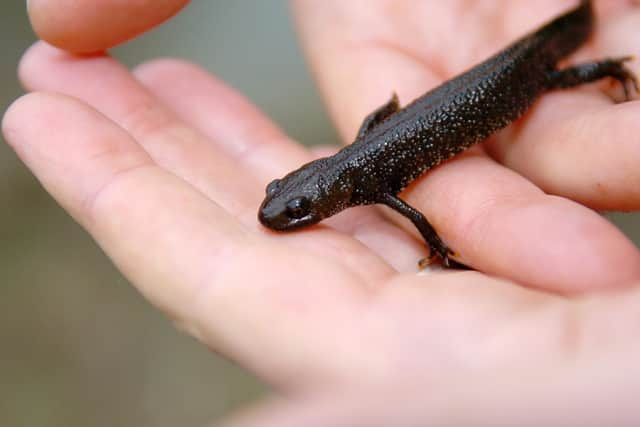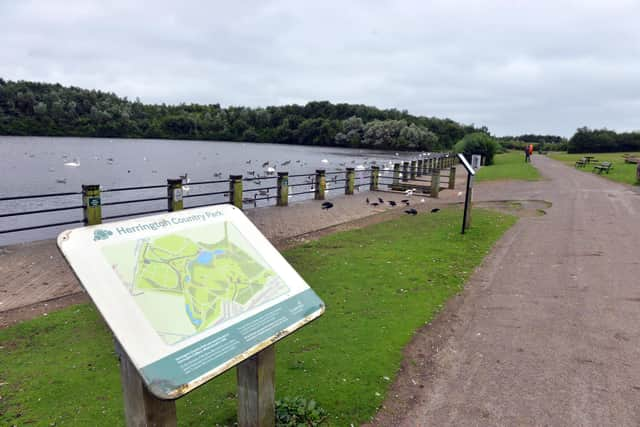New wildlife ponds aim to boost great crested newts at Sunderland's Herrington Country Park
and live on Freeview channel 276
Earlier in July, 2022, Sunderland City Council’s planning department received a planning application for the public park on the outskirts of Sunderland.
The application from Durham Wildlife Trust aims to create eight new wildlife ponds to support the great crested newt, a European protected species.
Advertisement
Hide AdAdvertisement
Hide AdPlans fall against the backdrop of Natural England’s “district level licensing” scheme, a strategic approach using developer funds to help increase great crested newt populations at a county level.


According to planning documents submitted with the application, Herrington Country Park sits within what is classed as a “strategic opportunity area”.
These areas, mapped by Natural England, include locations where the addition of new ponds would benefit great crested newt populations.
A statement submitted to council planners sets out the existing situation at Herrington Country Park and the benefits of the proposed cluster of high-quality wildlife ponds.
Advertisement
Hide AdAdvertisement
Hide AdThe statement reads: “On first appearances, Herrington Country Park would seem to have an abundance of ponds, however the majority are not suitable for great crested newts, due to high densities of waterfowl, resulting in a lack of submerged vegetation and poor water quality, both of which impact upon great crested newts.


“Only one pond suitable for great crested newts remains, towards the south-west of the park.
“Great crested newts occur in meta-populations (a group of connected and interacting populations), moving between several ponds.
“This allows great crested newts to respond to short-term changes (such as fish/non-native species introductions or pollution incidents) in a particular pond.
Advertisement
Hide AdAdvertisement
Hide Ad“Any remaining great crested newt population at Herrington Country Park is at risk of extinction should the one remaining pond suffer such an incident.”
Planning documents confirm that former Herrington Country Park staff reported “small numbers” of the protected species a number of years ago and that “it is possible a small population remains”.
Works on the wildlife ponds would also include methods to avoid harm to individual newts, should they be present, including a “hand search of suitable habitats to be affected by the works” by an ecologist.
The supporting statement submitted to planners adds: “It is proposed to create a cluster of new, high quality great crested newt ponds, within dispersal distance of the one remaining suitable pond, to support and restore the population in the park.”
A decision on the wildlife ponds will be made once a period of council consultation has concluded.